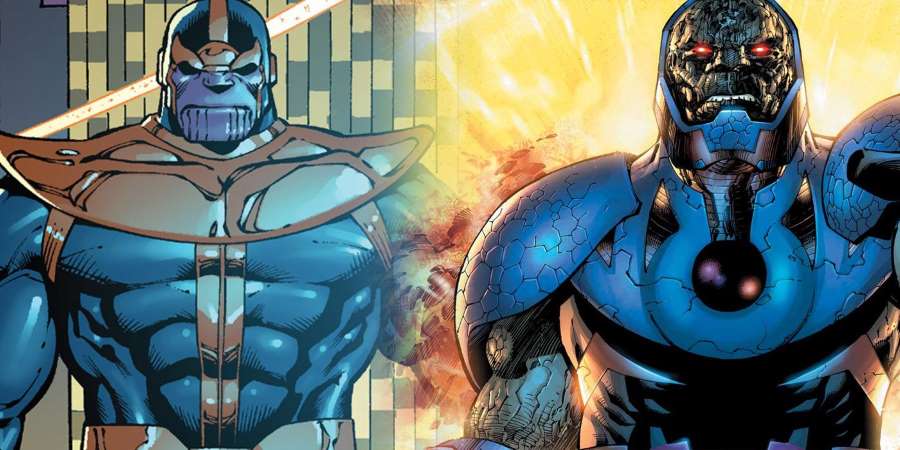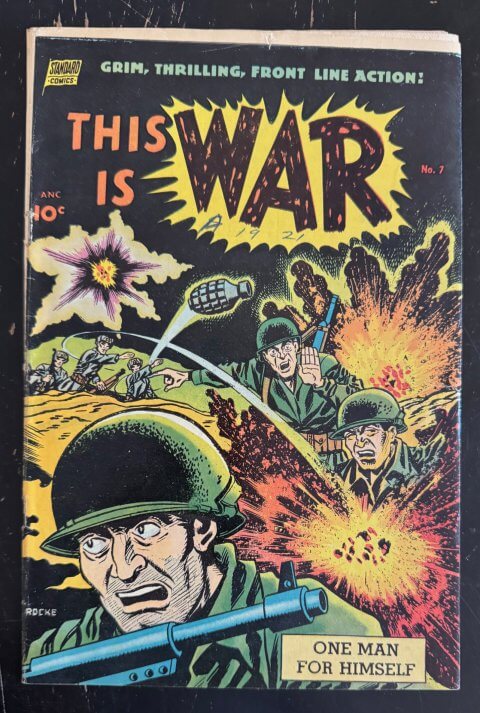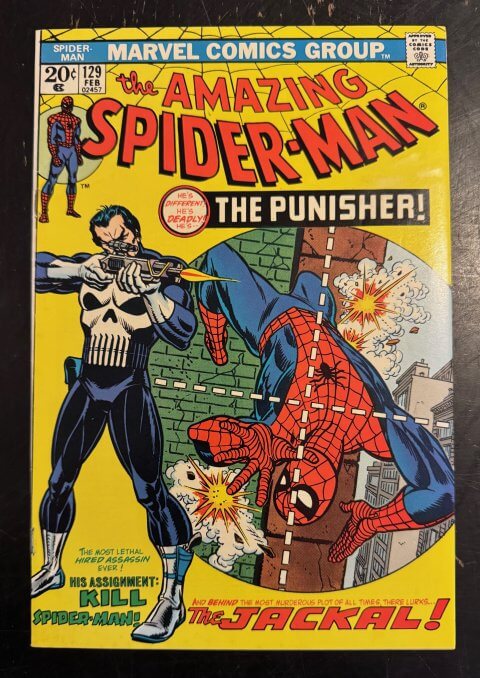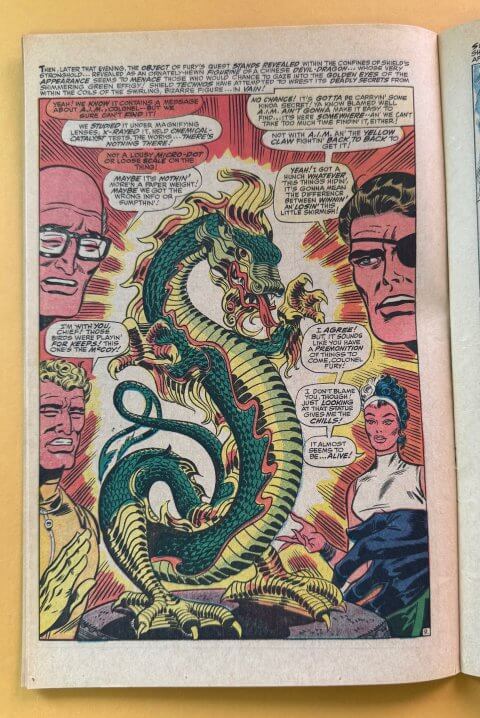The most important driver of value for comic books is character introduction. Cover driven value has picked up over the past few years but covers are still a distant second to character introduction.
Character Introduction is a huge topic and I’ll be revisiting it off and on over the next few months and breaking it down into digestible parts.
Historically we can look at the standard post-1933 comic book as a uniquely American art form, it was a template from which endless new characters and concepts were introduced to the world. Some of the creative output this new medium produced changed the world, Action Comics #1 from June 1938 ushered in a revolution of change by introducing the concept of the superhero to the medium. Comic books are not just about superheroes though: the medium has been and continues to be an incubator for so many significant cultural institutions like Pep Comics #22’s December 1941 introduction of Archie Andrews and Walking Dead #1’s October 2003 introduction of the Walking Dead characters and concept.

I tried writing a long and drawn out piece on why comic books are historically so important, how they helped create a lot of the pop culture we globally consume today but I kept tripping over my words. It’s enough to say that many fictional characters created in the comic book medium have soaked into the very fabric of global popular culture. It is not hard to see why there is value in owning a comic book that contains the first appearance of a character that is now a part of our culture.
Today I’d like to tackle a little paradox (might be the wrong word) that exists in the above argument. Character introductions always bring value and if the character concept is good there will be similar or even ‘copycat’ characters introduced shortly thereafter. Superman was the first superhero and though there have been other ‘superheroes’ introduced after him Action Comics #1 remains the holy grail of collecting and the most valuable of all comics. The same can be said for Archie Andrews; Wilbur just didn’t cut it. Superman and Archie remain the most popular characters of their genre but first out of the block did not always lead to most valuable or longest lasting. The Shield was a patriotic superhero introduced in Pep Comics but about a year later Timely Comics gave us Captain America: Cap went on to win the long game and now his first appearance is the most valuable of all the patriotic heroes that were introduced during the war years. You can say the Fantastic Four were just a ‘copycat’ of the Challengers of the Unknown: Jack Kirby created both, the Challengers in February of 1957 and The Fantastic Four in November 1961. One of the teams languished with weak sales while the other started the second revolution in comics and is considered one of the most important comics ever published – and oh yeah, it’s worth way more money too.
While a comic with the first appearance of a character always brings value, it doesn’t necessarily equate to long term value growth and it certainly doesn’t by default secure that character as the template and go-to character for that type of superhero.
Flash is the first ‘fast’ superhero and remains the most revered, Sub-Mariner remains for me the best King of the Seas character but Aquaman certainly does make a strong case.
How about Darkseid? Great concept for a villain but he was out Darkseid’ed but Marvel’s Thanos. What would you rather own, a Jimmy Olsen #134 (first Darkseid) or an Iron Man #55 (first Thanos)?
There’s gold in those comic books that have first appearances of obvious copycat characters if those characters go on to become the standard of the genre.
Who do you like better Green Arrow or Hawkeye? I know I’d rather have a More Fun #73 (first Green Arrow and Aquaman) over a Tales of Suspense #57 (first Hawkeye). This is a case where both characters are strong, but Hawkeye outperforms Green Arrow if you consider the era of publication and the number of copies available.
Give me a New Mutants #98 (Deadpool) over a New Teen Titans #2 (Deathstroke) though.
I am trying to make a point in all this: the first appearance of a character is just one of the important factors in comic value. The character has to stick, the character has to be taken in and loved by popular culture at large and as I mentioned in an earlier post that character has to be able to move over from one generation of fans to the next.
For me, this opens the question of is this process still going on? Are current comics producing ‘new and updated’ versions of old classic characters? Are any of these new characters going to stick and will any go on to rival the creation that inspired them? Perhaps not rival the original comic book value wise but rival the original in pop-culture cred, getting to there will assure strong relative value for the first appearance of the upstart.
What are some other obvious successful copycats? Deadpool? Yes! Blackbelt Radioactive Hamsters? Not so much. Any more?




Nice piece Walt. Early Challengers greatly out sold The early fantastic four. But Kirby left DC after 3 Showcase Issues and 8 Challengers issues. It maintained strong sales until the mid sixties. But all these properties Took years of maintaining, licensing to get to their fame and worth now. Even Superman was a cheap buy until the Overstreet comic price guide started to change some collecting habits. Superman/Action 1 had 31 years of investment and continuity, and it was still plenty cheap at 1970 prices.(300$ NM compared to 4.2 million today) I think a continuous body of work with sustained quality eventually prevails.
Archie # 1 and Pep 22 were pretty cheap yet in the early 2000’s.
I think the Cgc comic grading and big movie events, dealer and collect speculation, has led to the great inflation of keys…(1st appearances and deaths of) .. And the lack of general comic readership and collecting to the devaluing of the runs.
Good post! I think if DC ever figured out how to make their cinematic universe as good as Marvel’s and utilized Darkseid we would see that Jimmy Olsen take off! I have the first Hawkeye but agree I would trade it in a second for a first appearance of Green Arrow! I think that FF was more successful because of two factors: The characters ended up with superpowers right off the get go; The interpersonal relations with the characters was far more relatable then what was going on at DC!
You are right Dave, Challengers was selling more as an established title, I did mean to say that over time the FF 1st appearance became so much more valuable and important. And I do agree with your assessment on the run away values for the key issues, a correction is due.
Gerald, the interpersonal relationships was the key ingredient, the missing piece, it all came together after that.